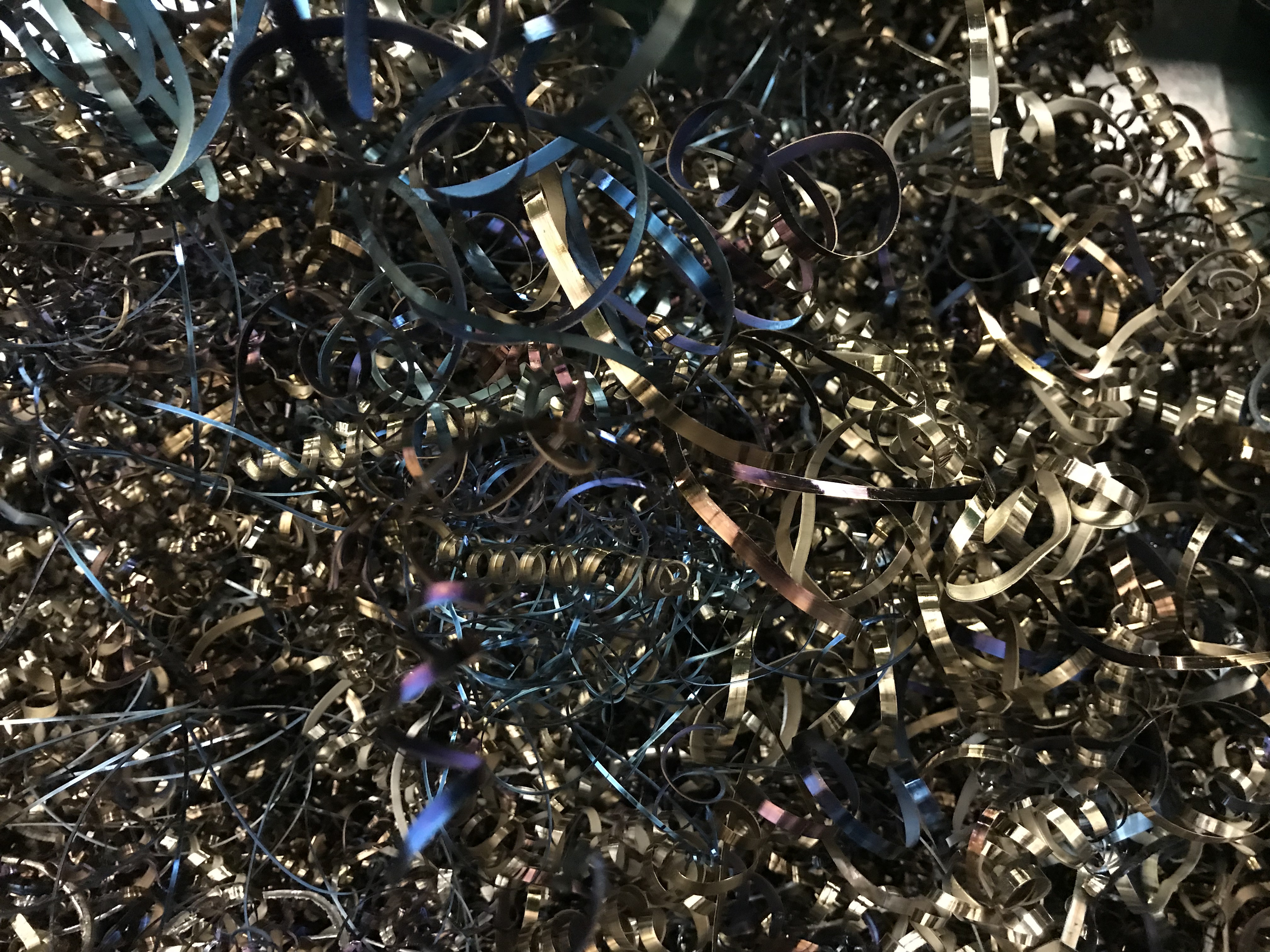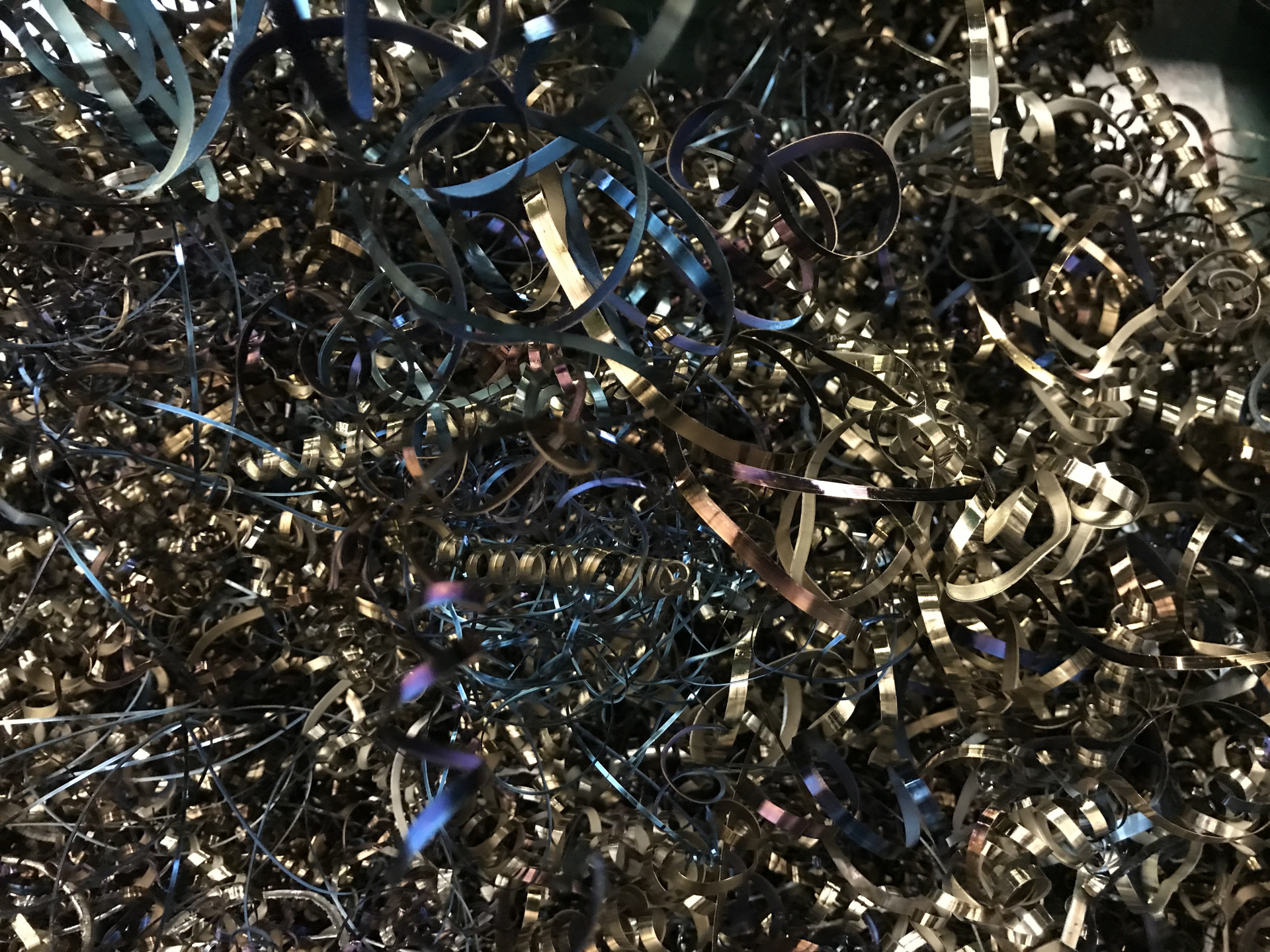Stainless Steels
News
Stainless steels have a high corrosion resistance, high mechanical strength and ductility, with a high chromium content.

Stainless steels have a high corrosion resistance, high mechanical strength and ductility, with a high chromium content.
They are called stainless because in the presence of oxygen they develop a thin film of chromium oxide that protects the metal from corrosion. This protective film is reformed every time the surface is scratched.
In order for passivation to occur, the minimum chromium content in the steel must be 12%.
Mechanical properties at room temperature and typical applications of annealed stainless steels.
| Last resistance traction |
Voltage of enervation |
Percentage of elongation |
Typical features and applications |
|
|---|---|---|---|---|
|
|
(MPa) | (MPa) | (%) | |
|
303 |
550-620 | 240-260 | 50-53 |
Products for machinery, columns, valves, bolts, nuts, bushings; airplanes accessories; rivets, screws, pins
|
|
304 |
565-620 | 240-290 | 55-60 |
Equipment for chemical and food industries, cryogenic valves, rain gutters. |
|
316 |
550-590 | 210-290 | 55-60 |
High resistance to corrosionand viscous sliding. Equipment for chemical and printing industry, photographic equipment, kettles and food containers. |
|
410 |
480-520 | 240-310 | 25-35 |
Machine parts, pump stems, bolts, blades, chutes for coal, fishing equipment, engine components, gun barrels. |
|
416 |
480-520 | 275 | 20-30 |
Accessories for airplanes, bolts, nuts, rivets, screws, inserts for fire extinguishers. |
The main types of Steel:
Ferritic stainless steels
Austenitic stainless steels
Martensitic stainless steels
Austeno-ferritic or duplex biphasic stainless steels.
The AISI 316 (American designation) (steel 18/8/3) or X5CrNiMo17-12-2 (European designation) - DIN number 1.4401 is an austenitic stainless steel alloy composed of a chromium content between 16% and 18% %, of nickel between 11% and 14% and of molybdenum between 2% and 3%.
It was born as a modification of the X5CrNi1810 steel by adding 2.5% molybdenum, useful for improving the resistance to electrolytic corrosion (pitting) by chlorides, which is very poor for 304. It is a standard stainless steel: its stainless steel index is in fact generally between 25 and 28. It is suitable for use in outdoor construction, and for a limited period in environments affected by sea water and in some non-heavy naval applications.
There is also a version 316L (designation EN X2CrNiMo17-12-2 number 1.4404), ie with a carbon content of less than 0.035% (316 admits up to 0.080%) useful to prevent the precipitation of chromium carbides and therefore corrosion.
The presence in analysis of Molybdenum makes the brand's corrosion resistance excellent in all natural environments: water and rural, urban, and industrial atmospheres even in the presence of a moderate concentration of chlorides and acids. 316 / 316L is used in the food and agri-food sector and in many chemical environments (sulfuric acid, phosphoric acid, organic acids) and chlorinated, under conditions of temperature and concentration below a certain threshold, beyond which materials take over superior.
The resistance to intergranular corrosion is very good, even after welding.


